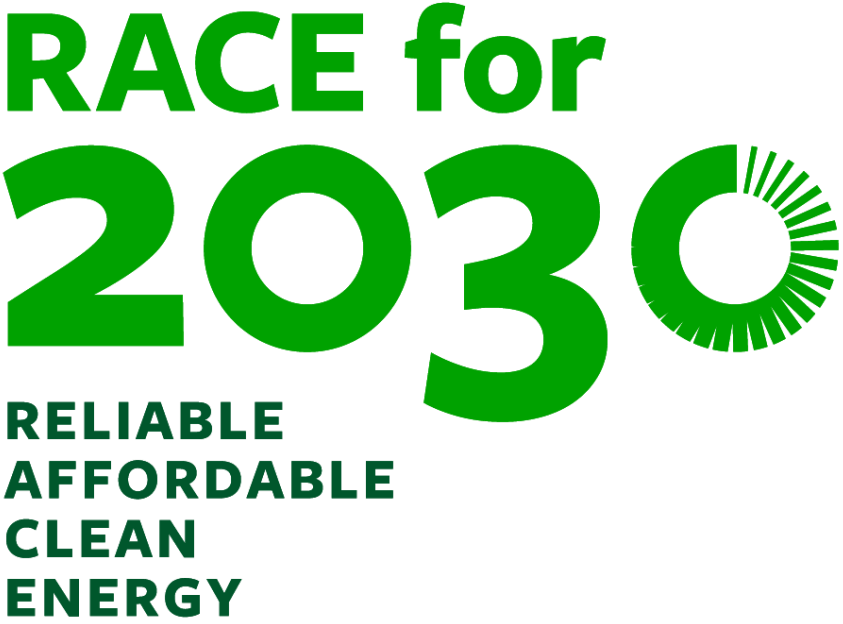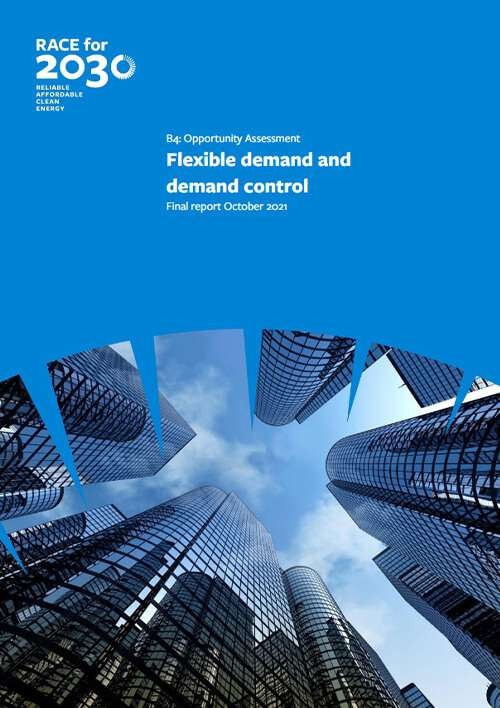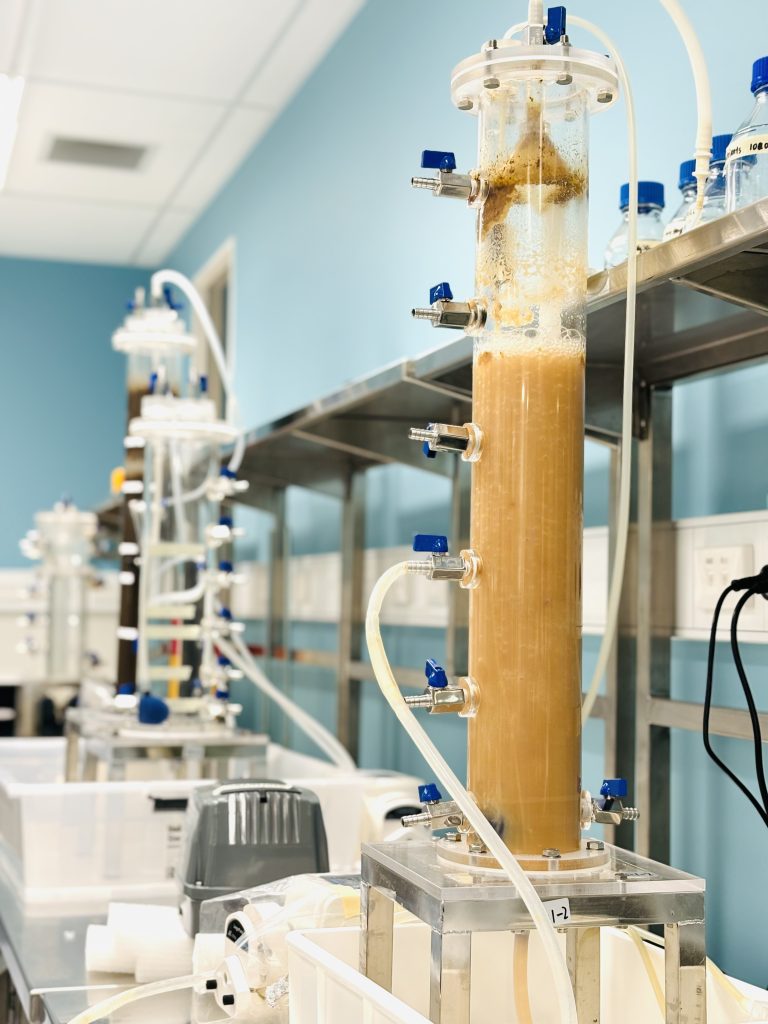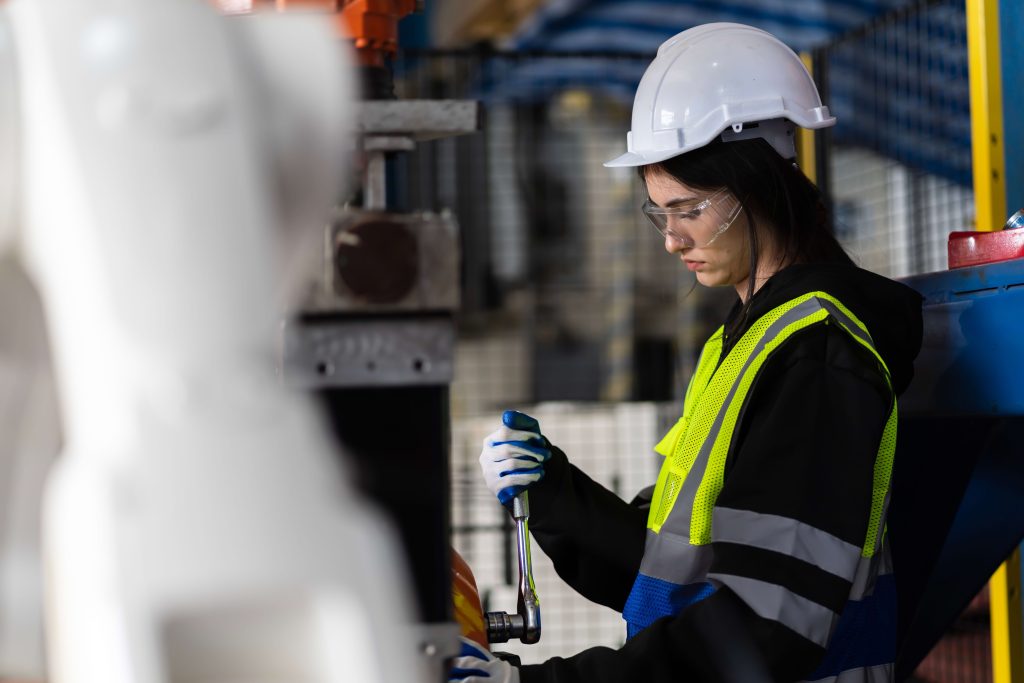Chief Investigators
Dr Stephen White (CSIRO)
Purpose of project
This Opportunity Assessment project identified sources of flexible demand (FD) in Australia and evaluated the opportunity to unlock demand side participation benefits in wholesale, retail and network components of the electricity system. The assessment identified barriers to adoption and research opportunities that could deliver solutions for encouraging greater participation from energy-users.
Findings
- The main existing application of FD is in the Australian Reliability and Emergency Reserve Trader (RERT) Scheme, if traditional load control of residential hot water is excluded. Over the last 2 years 1,422 MW of FD has been contracted and it has delivered 5,223 MWh of FD
- From a techno-economic perspective, there are a wide variety of relatively untapped, cost-effective FD technology which could be deployed in Australia, particularly for operations that can provide energy storage.
- Using the Homogeneous, Ubiquitous, Feasible (techno-economic) and Feasible (fit well into practices and priorities) (HUFF) scoring matrix, the most prospective technologies and sectors were commercial buildings (Heating, Ventilation and Air Conditioning), water/agriculture (water pumping) and food and beverage manufacturing (refrigeration and cold storage).
- Estimated quantities of FD include 9,020 MW load shedding (emergency FD resources) and 1,780 MW load shifting in the built environment, as well as 1,511 load shifting in industry. This excludes standby generators, batteries, electric vehicle battery management, voltage patting and solar PV curtailment.
- Current barriers to the adoption of FD include a lack of reward for participation (muted and uncertain price signals), and end user engagement issues (lack of awareness, risk perception, disinterest/confusion, lack of trust), as indicated in the figure below. Comprehensive details on barriers for different industry participants are provided in the report.

Potential impact
If projects prioritised under this opportunity assessments are successful, substantial energy and emissions savings are expected. A conservative estimate of the economic benefit of commercial and industrial flexible demand in the wholesale market is $290M/year, with a potential of more that $100M/year in network savings.
Research roadmap – the path to decarbonisation
The Opportunity Assessment identified a research list in the key areas of economics and incentives, technology, cultural and behavioural and other, and each research project was prioritised. These were categorised into three investment streams, as shown in the figure below.
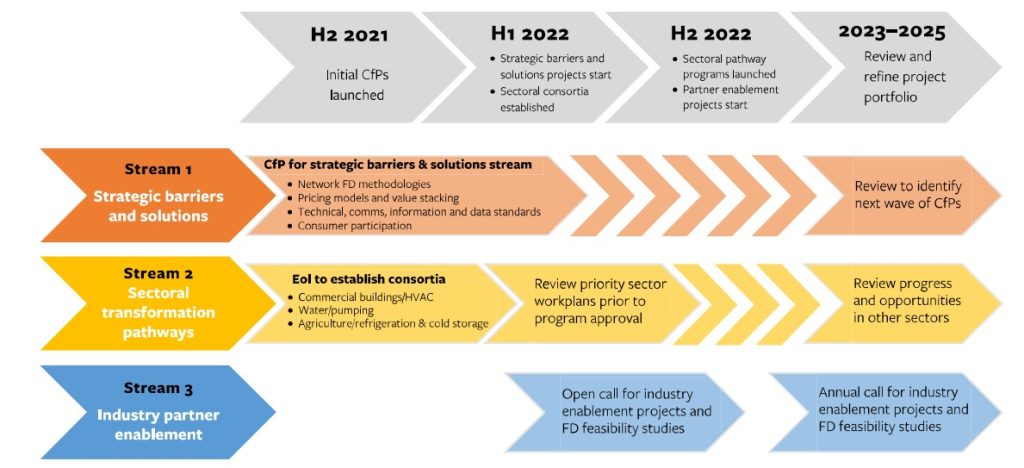
Project partners – industry and research
CSIRO (Lead), Australian Alliance for Energy Productivity (A2EP), AGL, Ausgrid, Victorian Department of Energy, Environment and Climate Action (DEECA), Energy Efficiency Council (EEC), Enzen, Flow Power, FOHAT Corporation Australia, GreenSync, Monash University, NSW DCCEEW, Powerlink, QUT, RMIT, Sydney Water, UTS
Industry Reference Group members
AGL, Ausgrid, DEECA (VIC), NSW Department of Planning, Industry and Environment (DPIE), Enzen, Flow Power, FOHAT Corporation Australia, GreenSync, Monash University, OECC (NSW), Powerlink, QUT, Sydney Water
Published Report
Status
- Completed
Opportunity Assessment
- Completed
Project Leaders
- Stephen White, CSIRO
Other reports
Completion Date
August 2021
Project Code
0132
